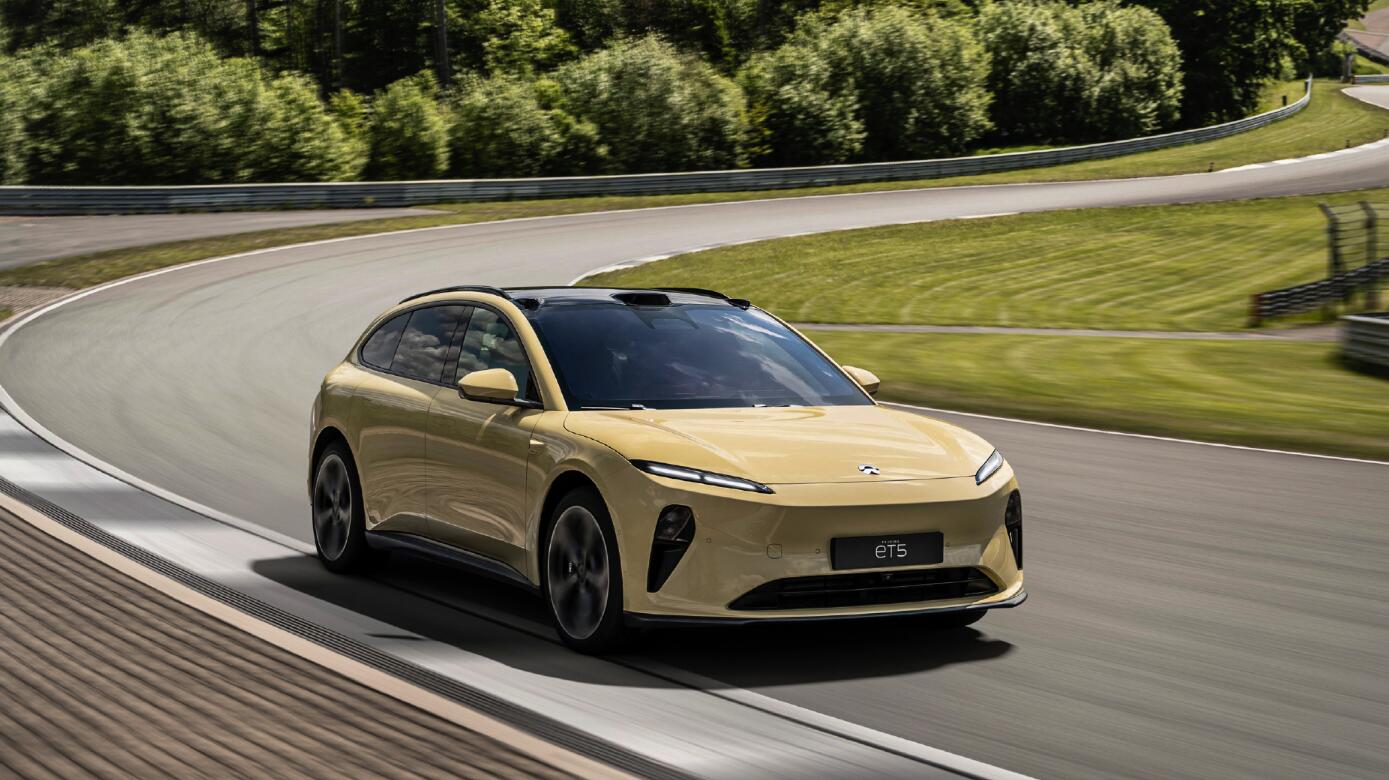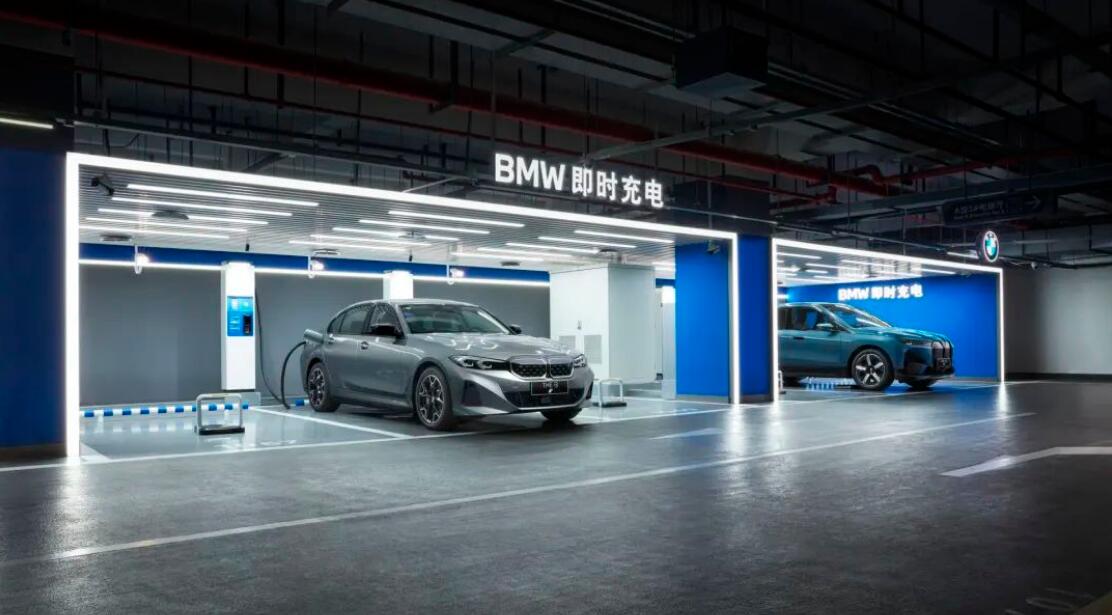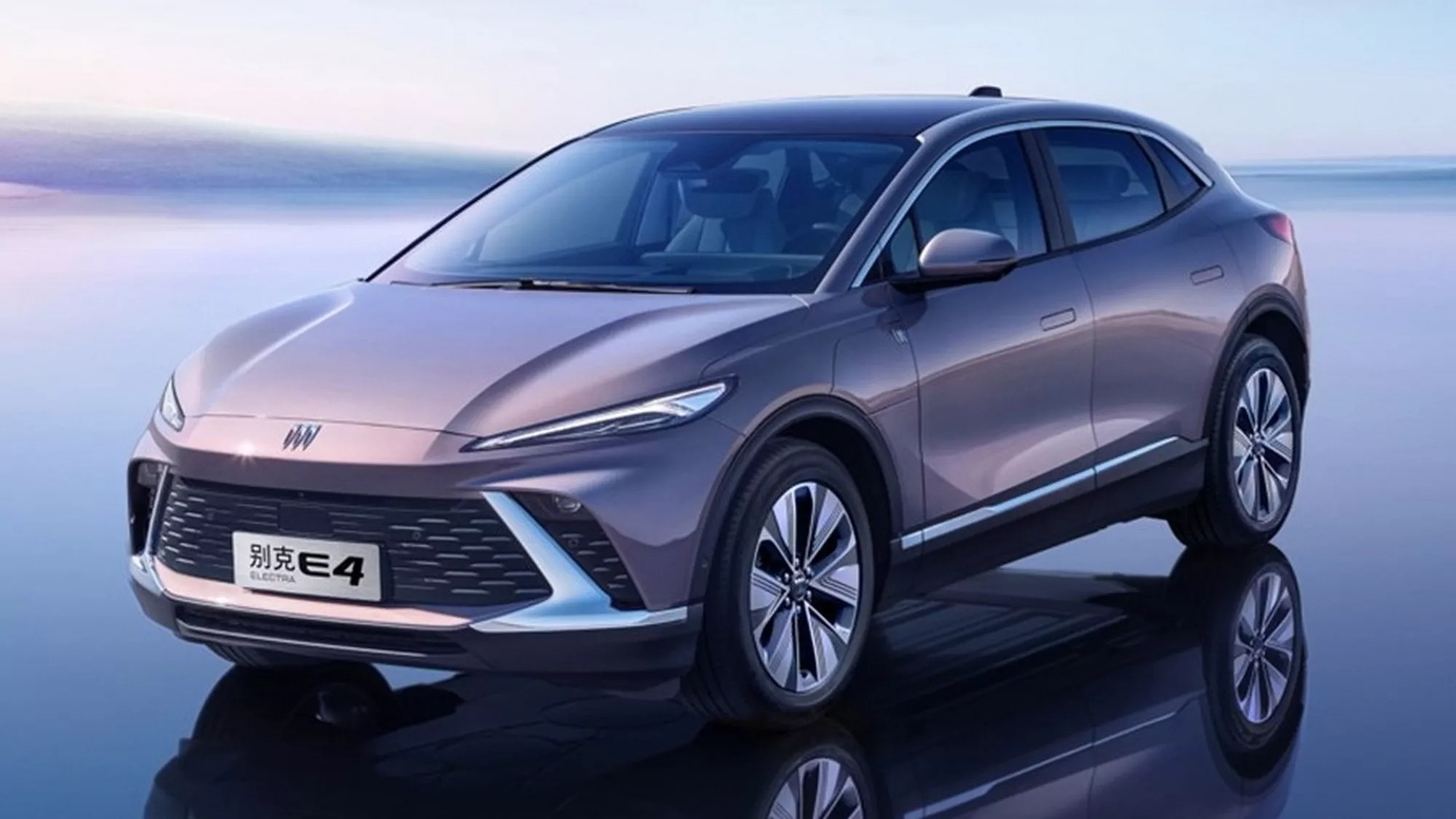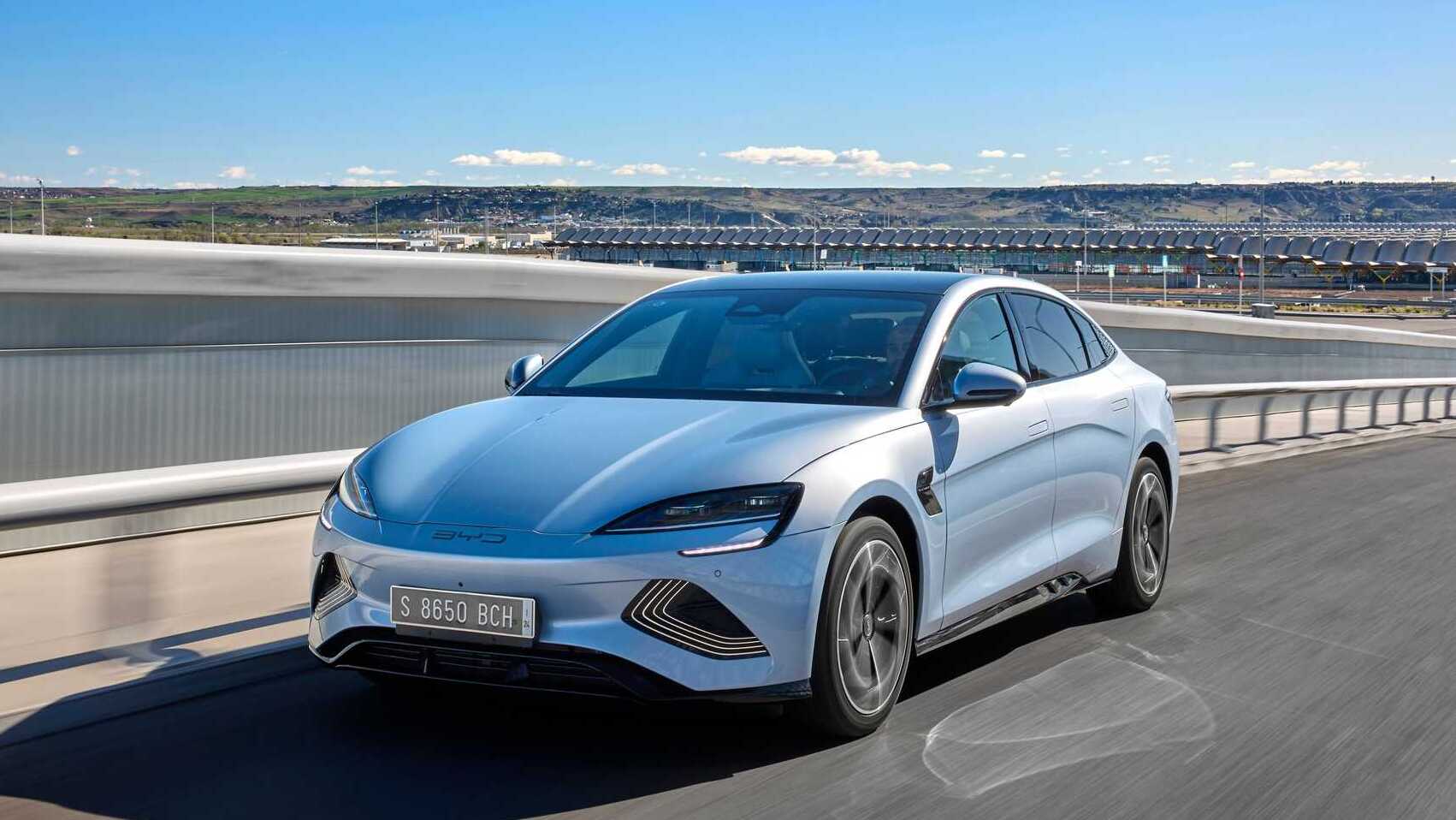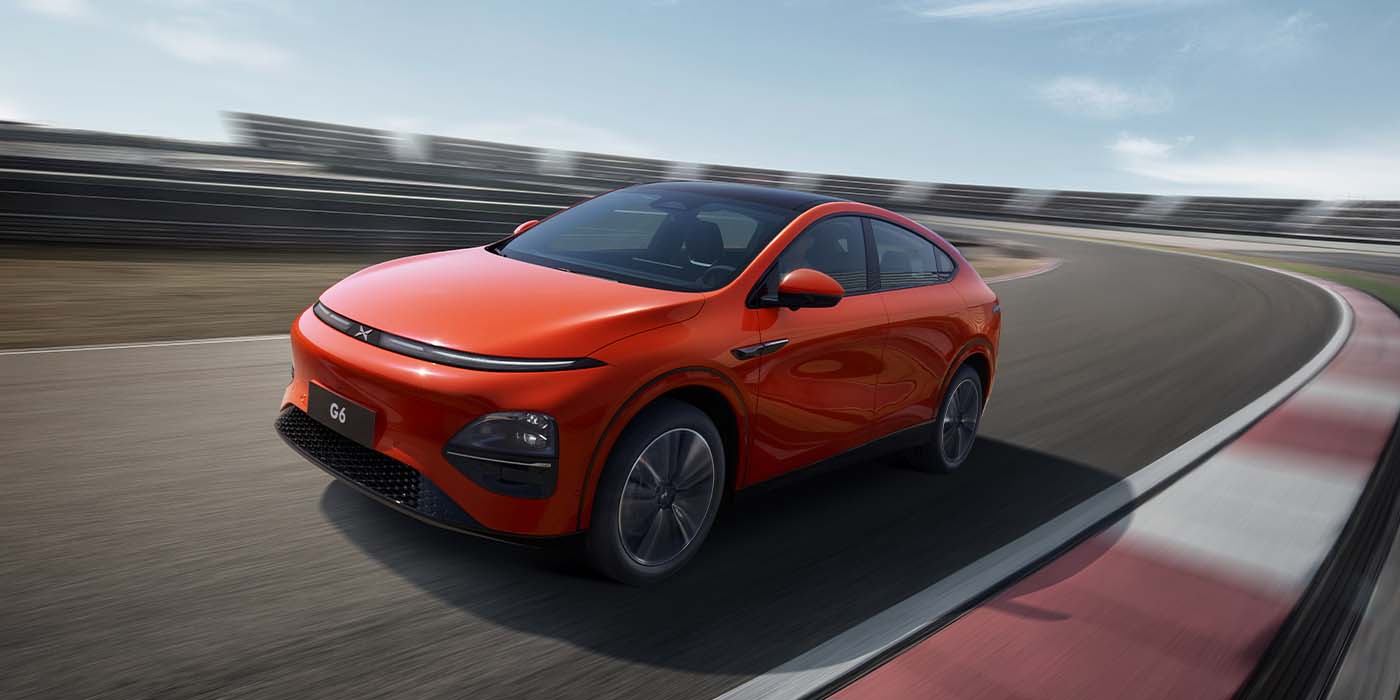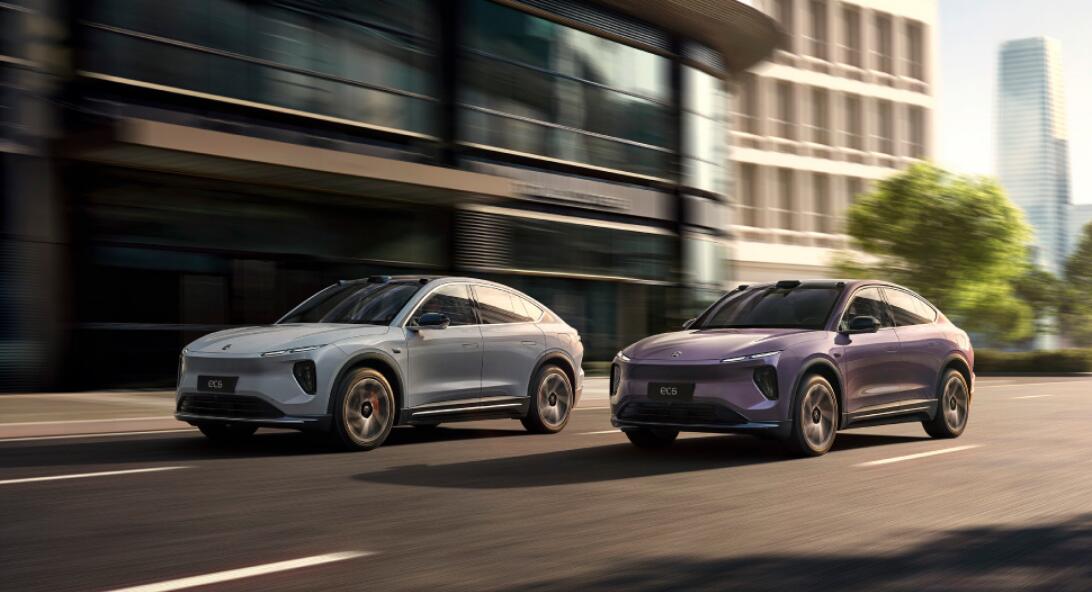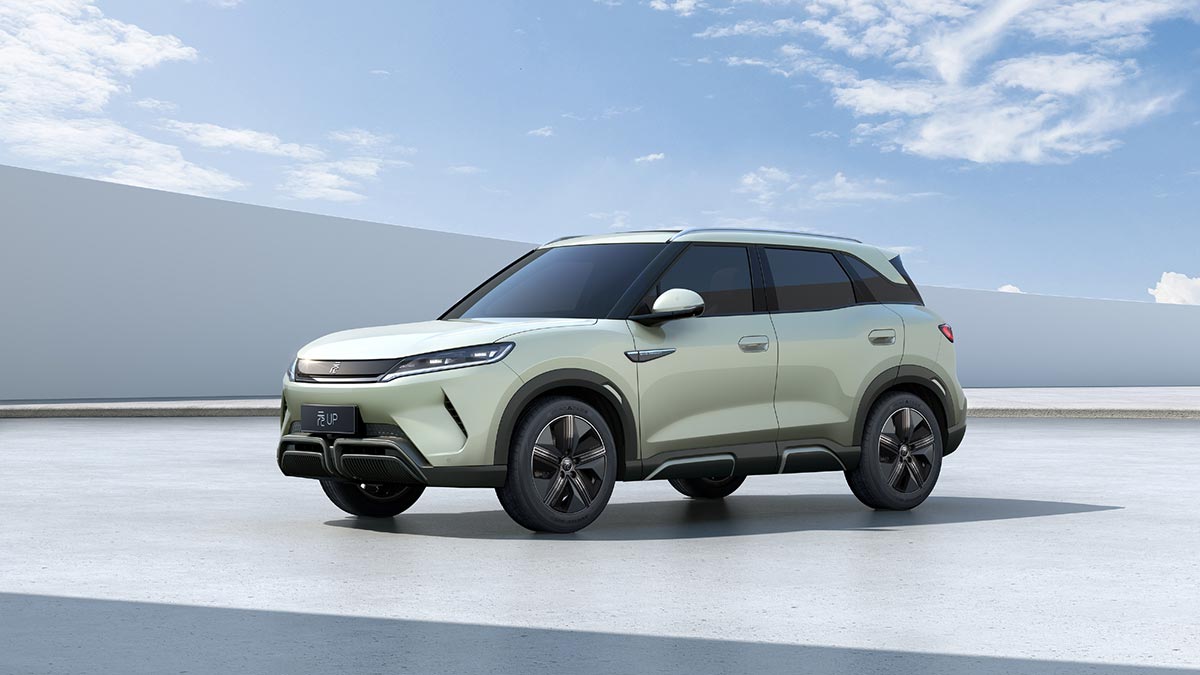China’s National Development and Reform Commission (NDRC) has introduced new regulations aimed at enhancing the integration of new energy vehicles (NEVs) with the electric grid. As the global leader in electric vehicle (EV) adoption grapples with rising electricity demand amid a transition to renewable energy, the NDRC’s notice, published on Thursday, outlines the need for initial technical standards governing NEV integration into the grid by 2025.
The directive emphasizes that by 2030, NEVs will play a crucial role in China’s energy storage system. With the surge in electricity demand attributed to the growing popularity of NEVs, governments and stakeholders are exploring solutions to prevent power networks from being overwhelmed.
See also: China Objects to Biden Administration’s Inflation Reduction Act, Alleges Violation of WTO Rules
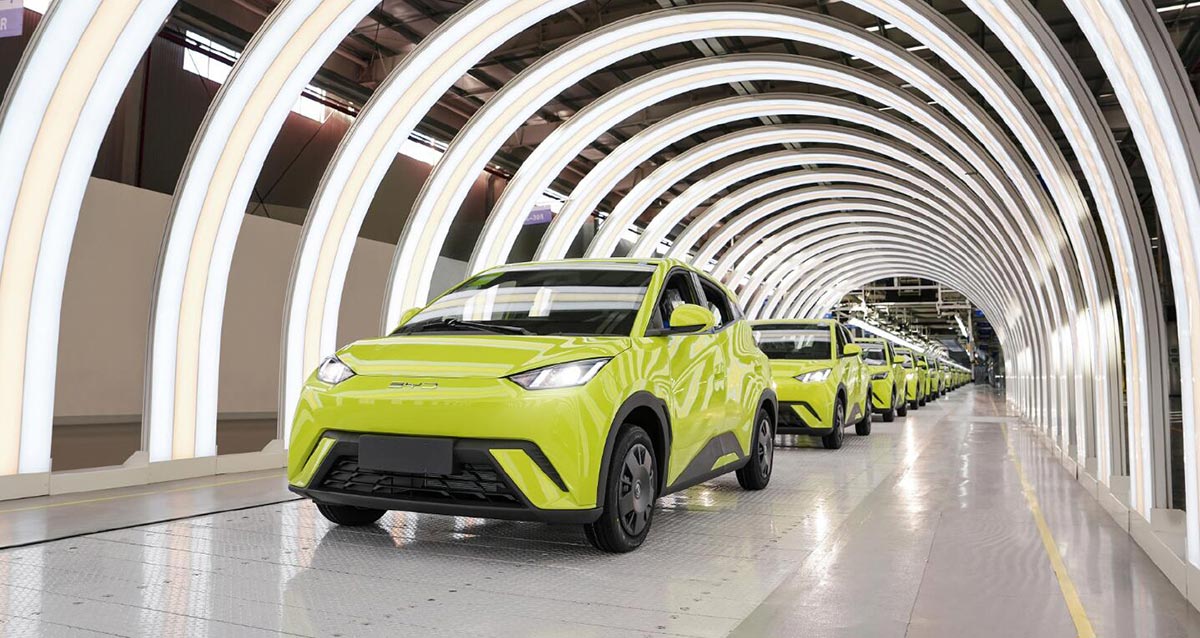
To address these challenges, the NDRC advocates for strategies such as charging during off-peak hours and ‘vehicle-to-grid’ charging. The latter involves EV owners potentially selling excess battery power back to grid operators during peak demand periods, contributing to effective load management.
The NDRC outlines plans to establish over 50 pilot programs by 2025 in regions where conditions for vehicle-grid integration are relatively mature. These regions include the Yangtze River Delta, Pearl River Delta, Beijing, Sichuan, and Chongqing.
See also: China-Made Tesla Records Strong Sales with 94,139 Units in December
China’s proactive approach to managing peak power demand through the integration of electric vehicles aligns with its commitment to fostering sustainable energy practices and ensuring the effective incorporation of EVs into the broader power system.
